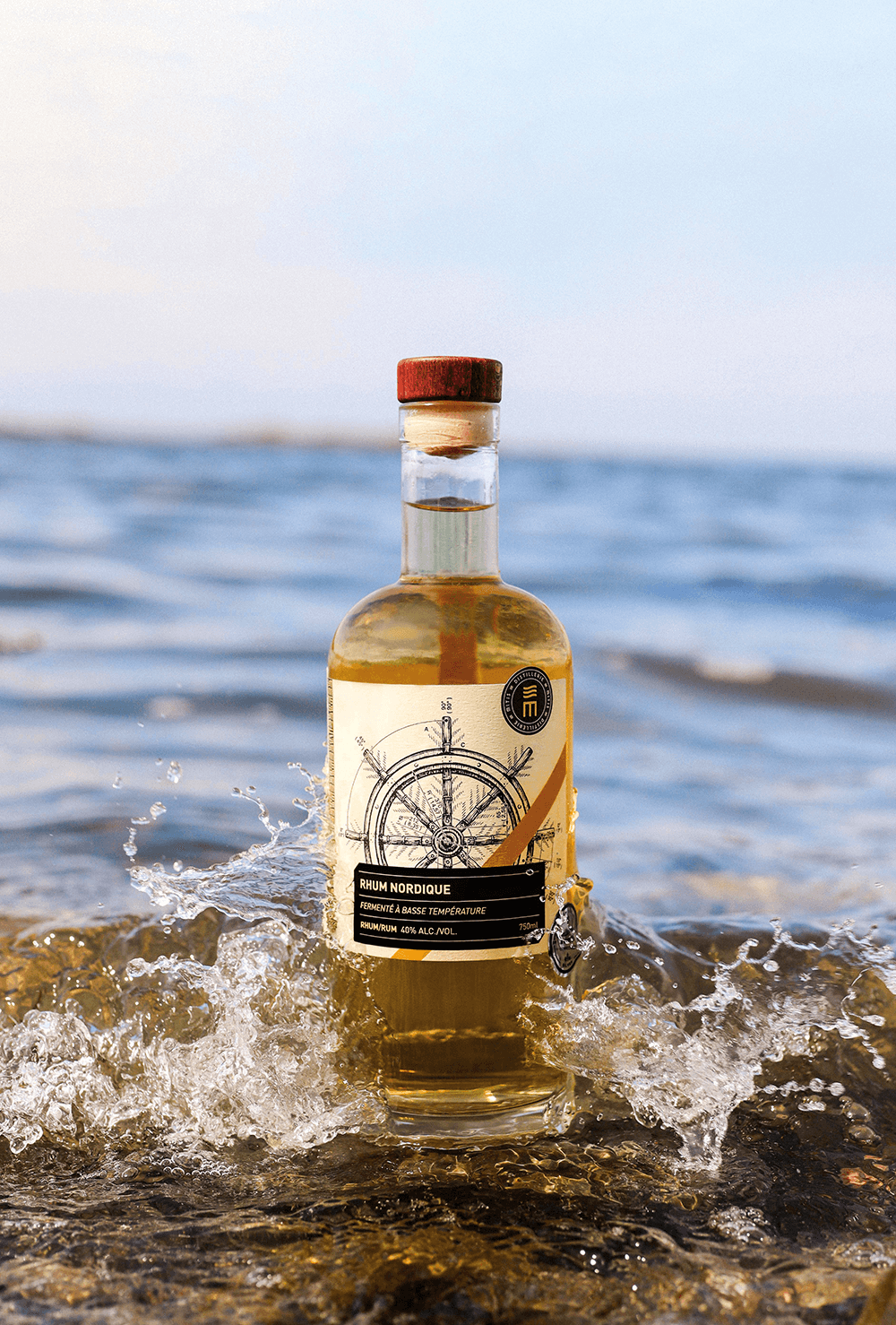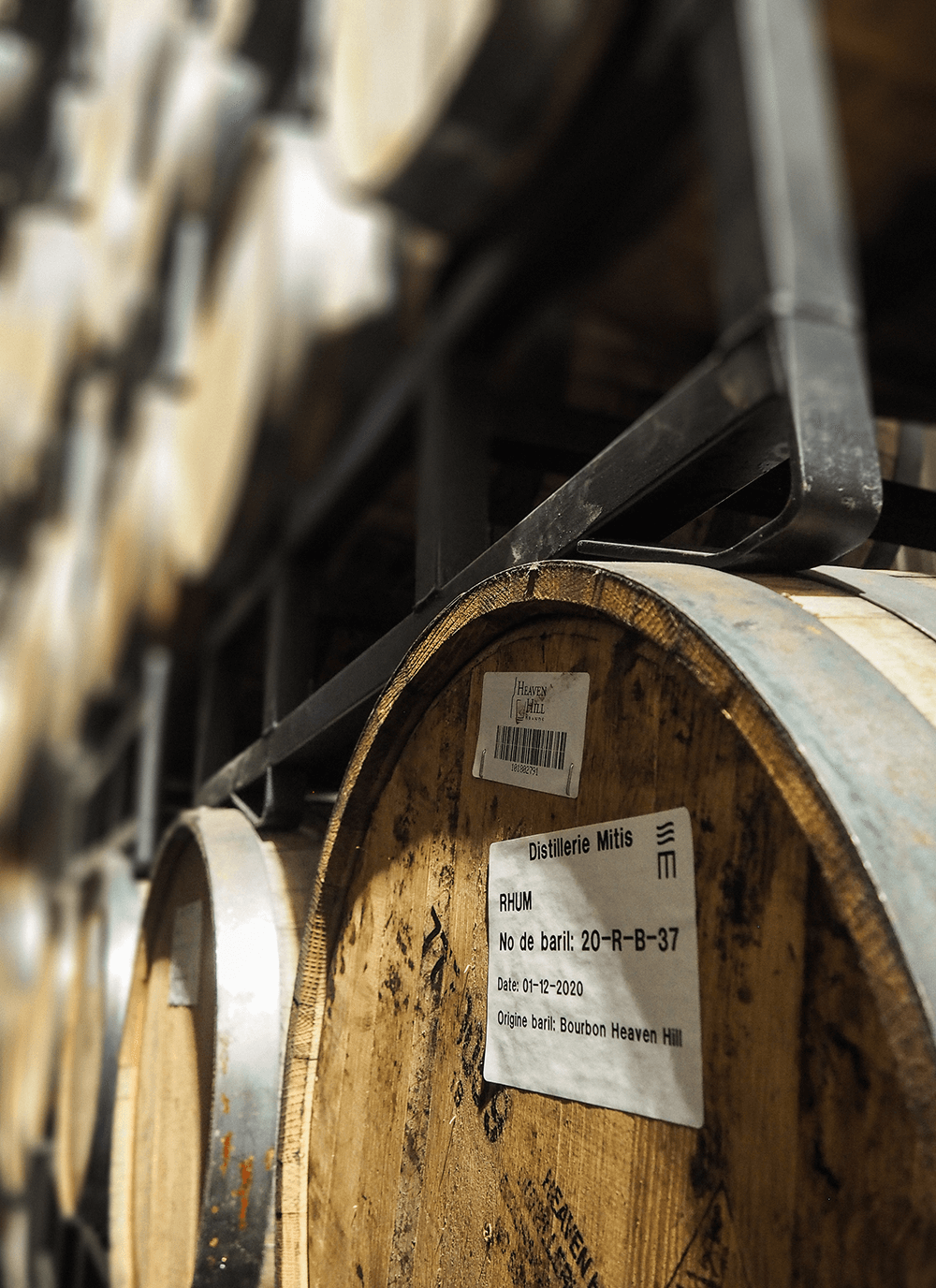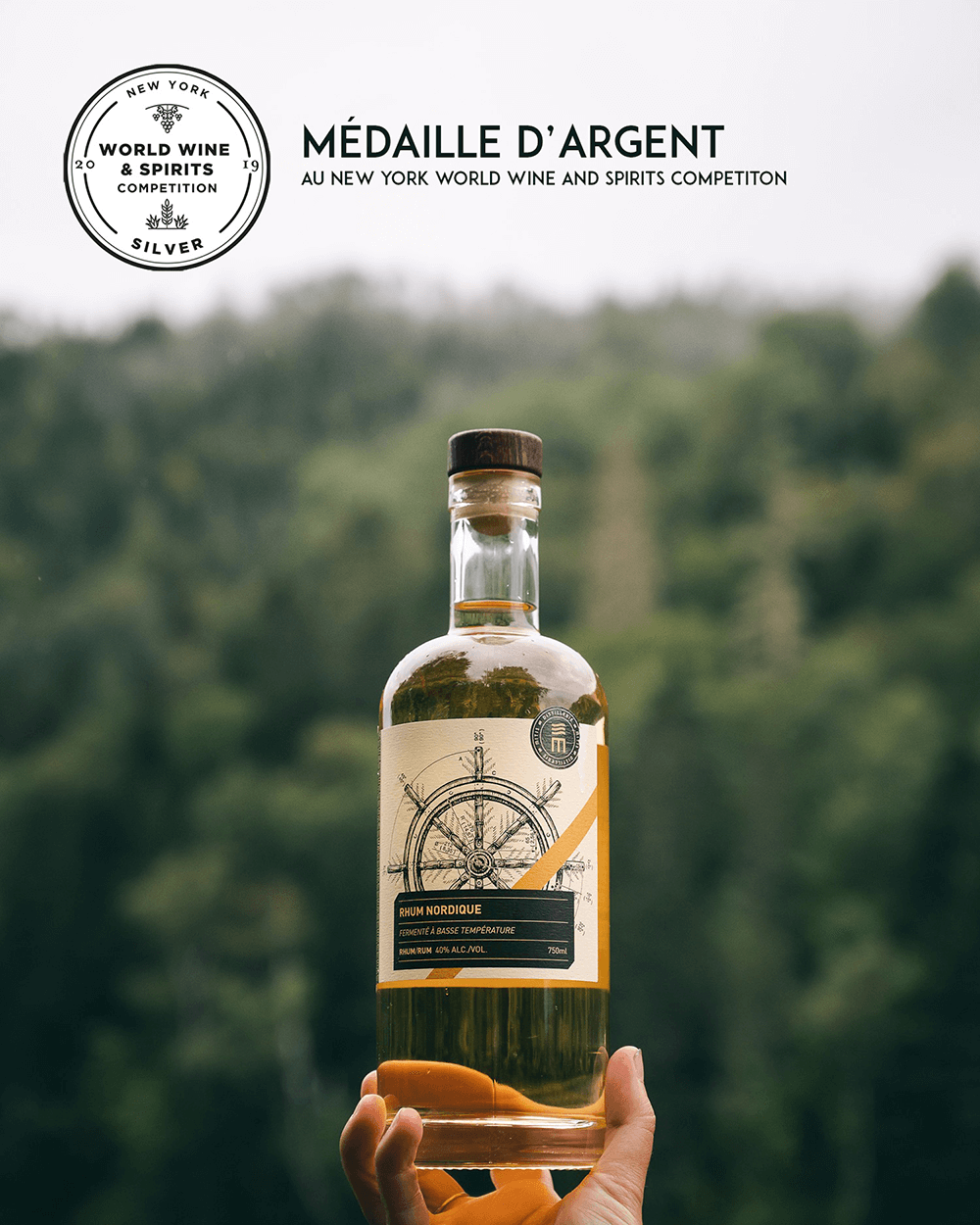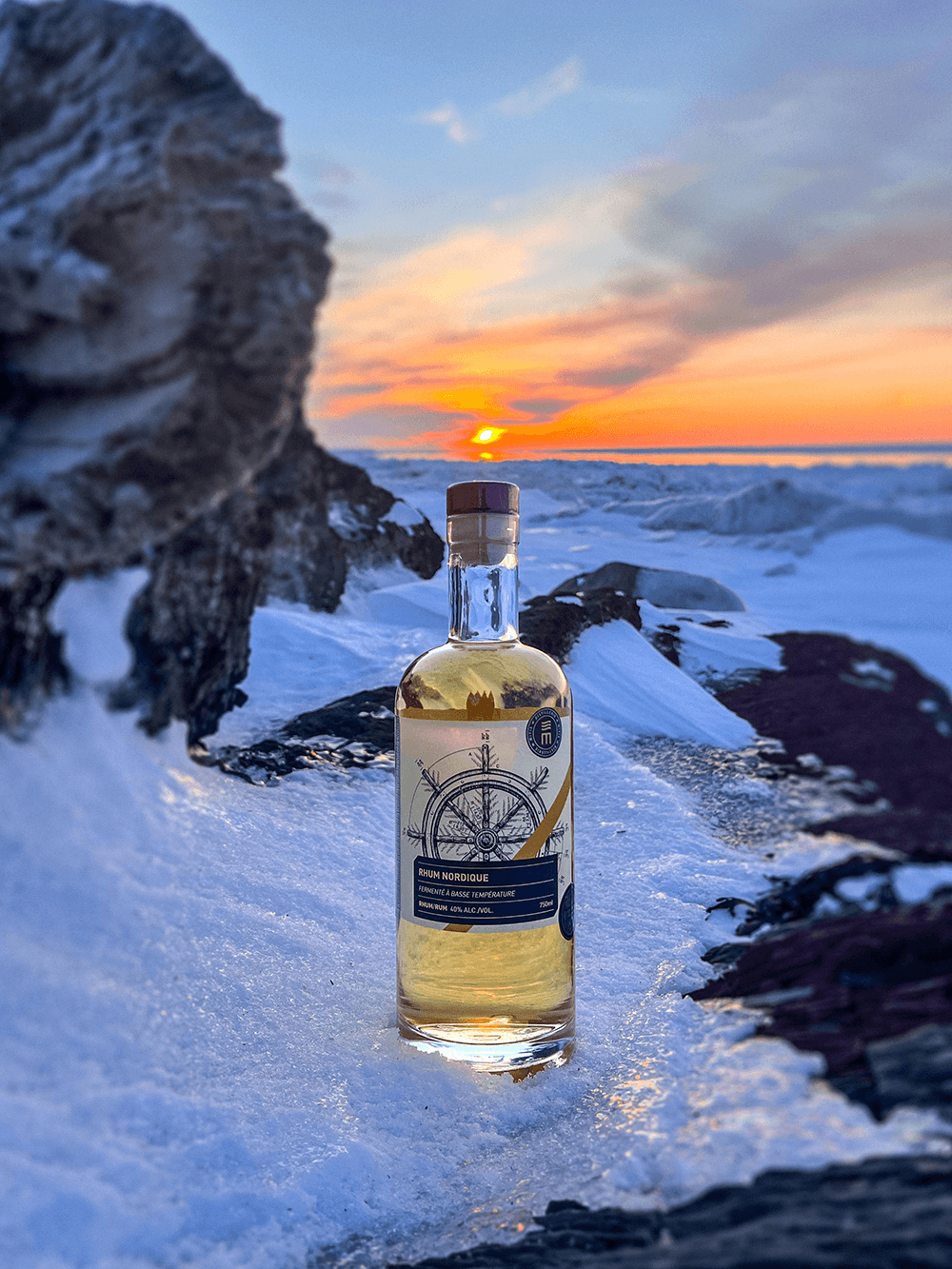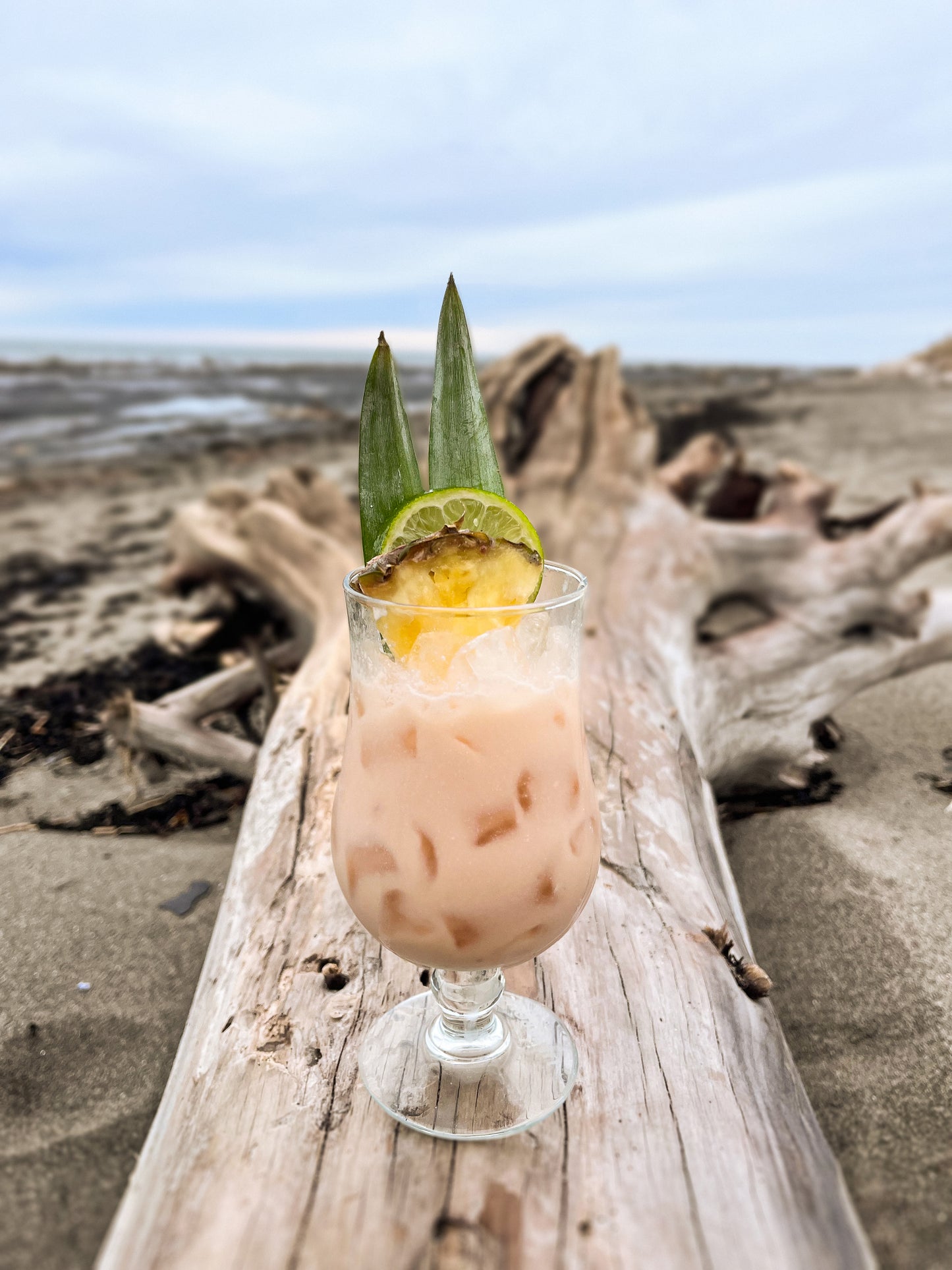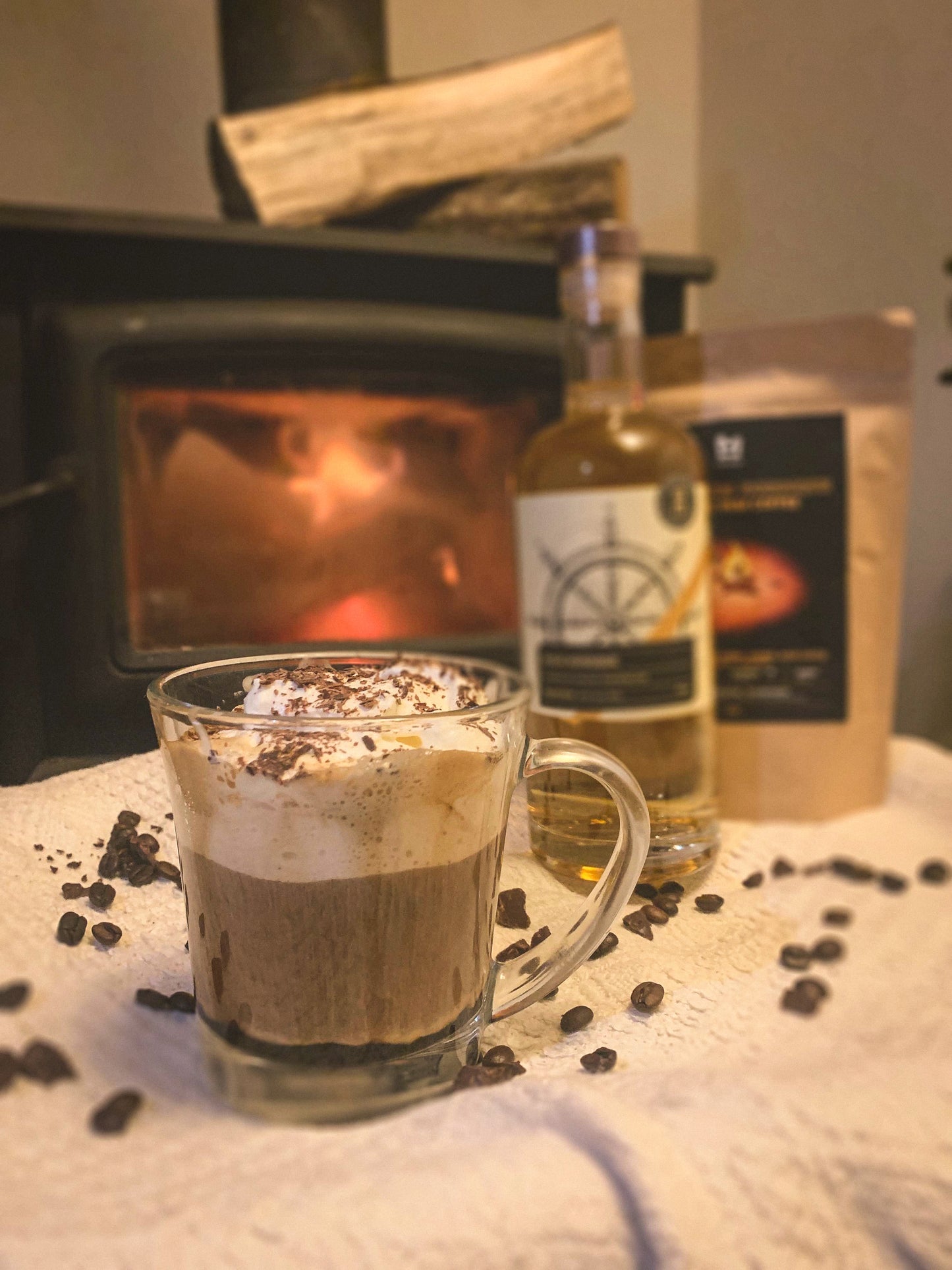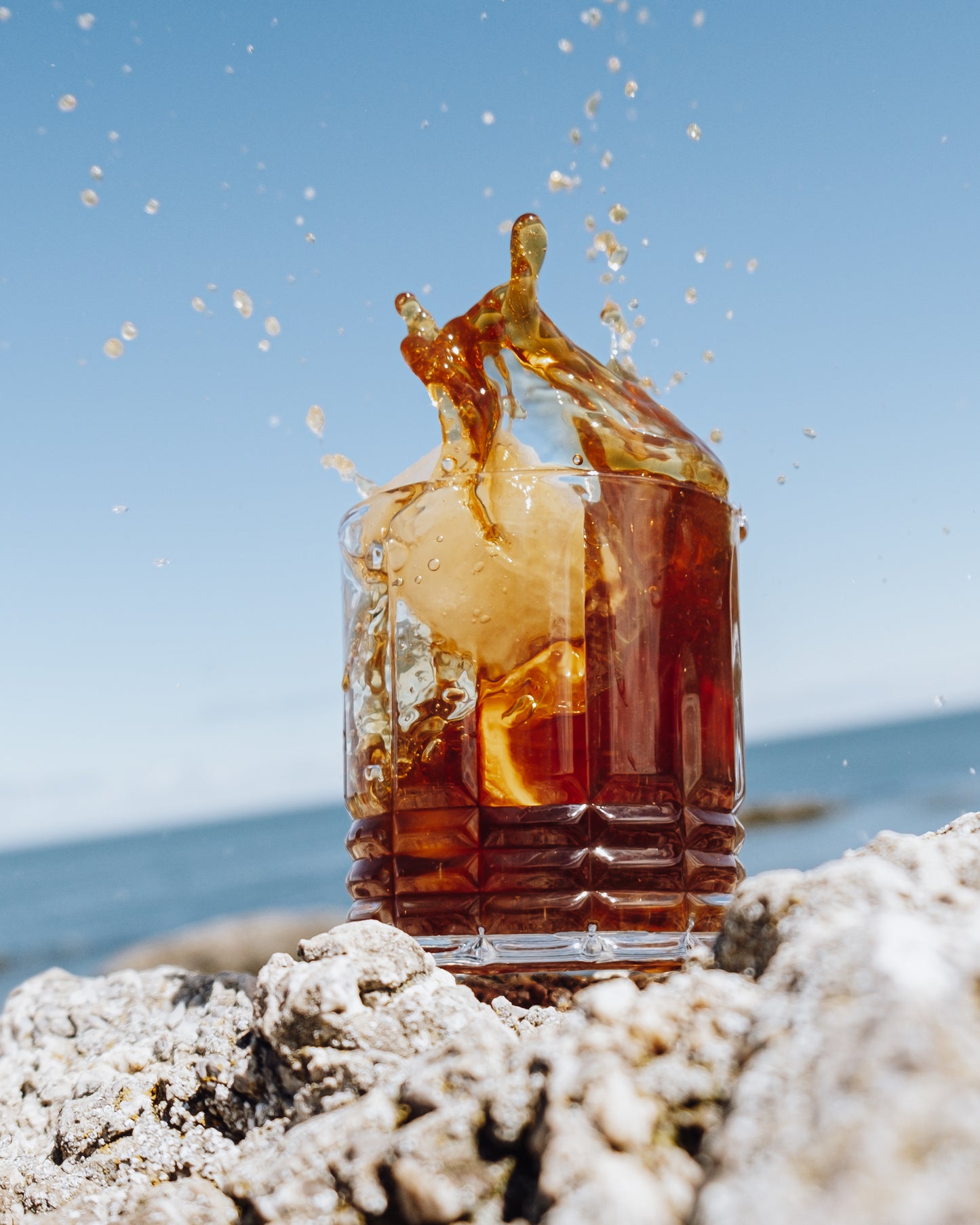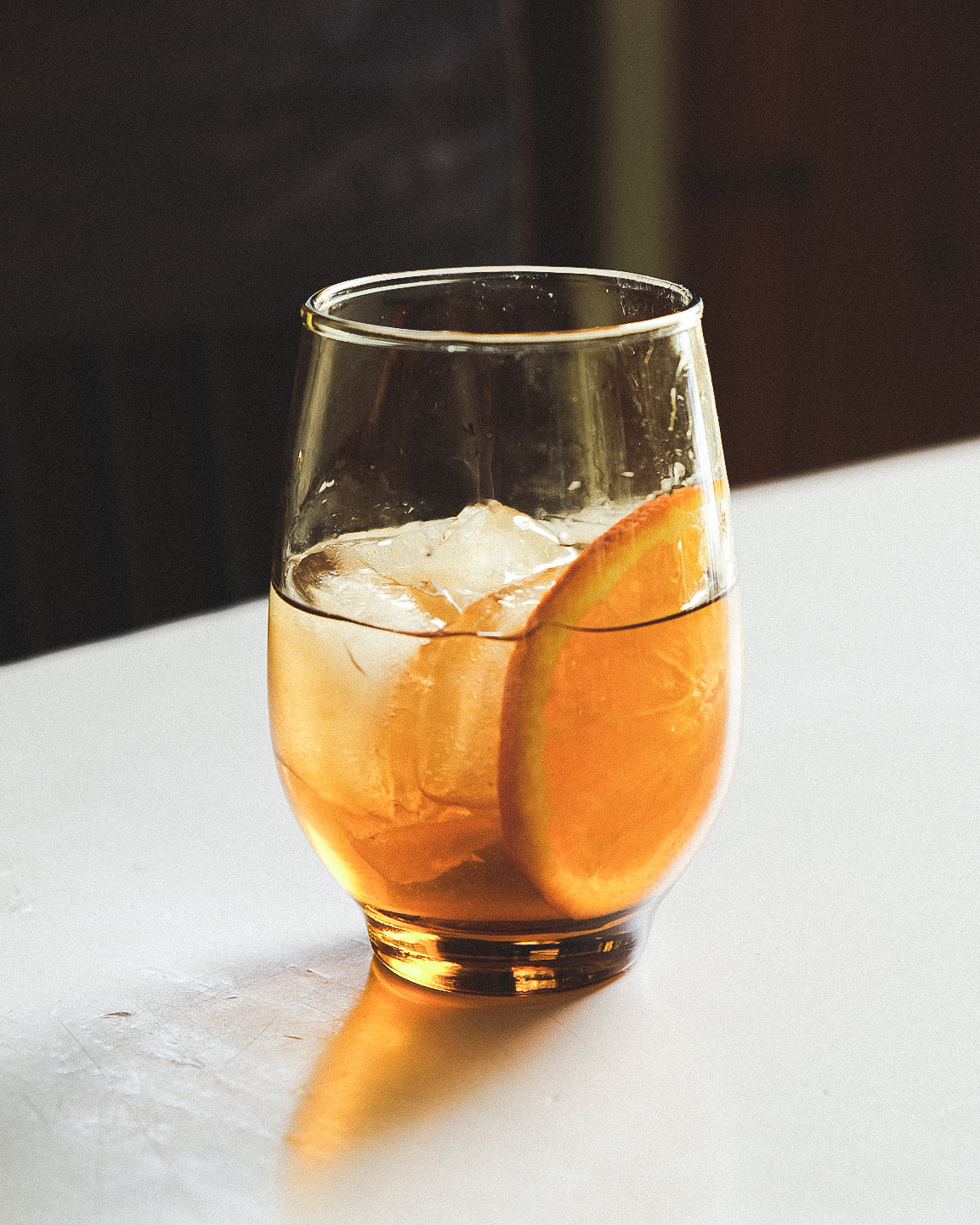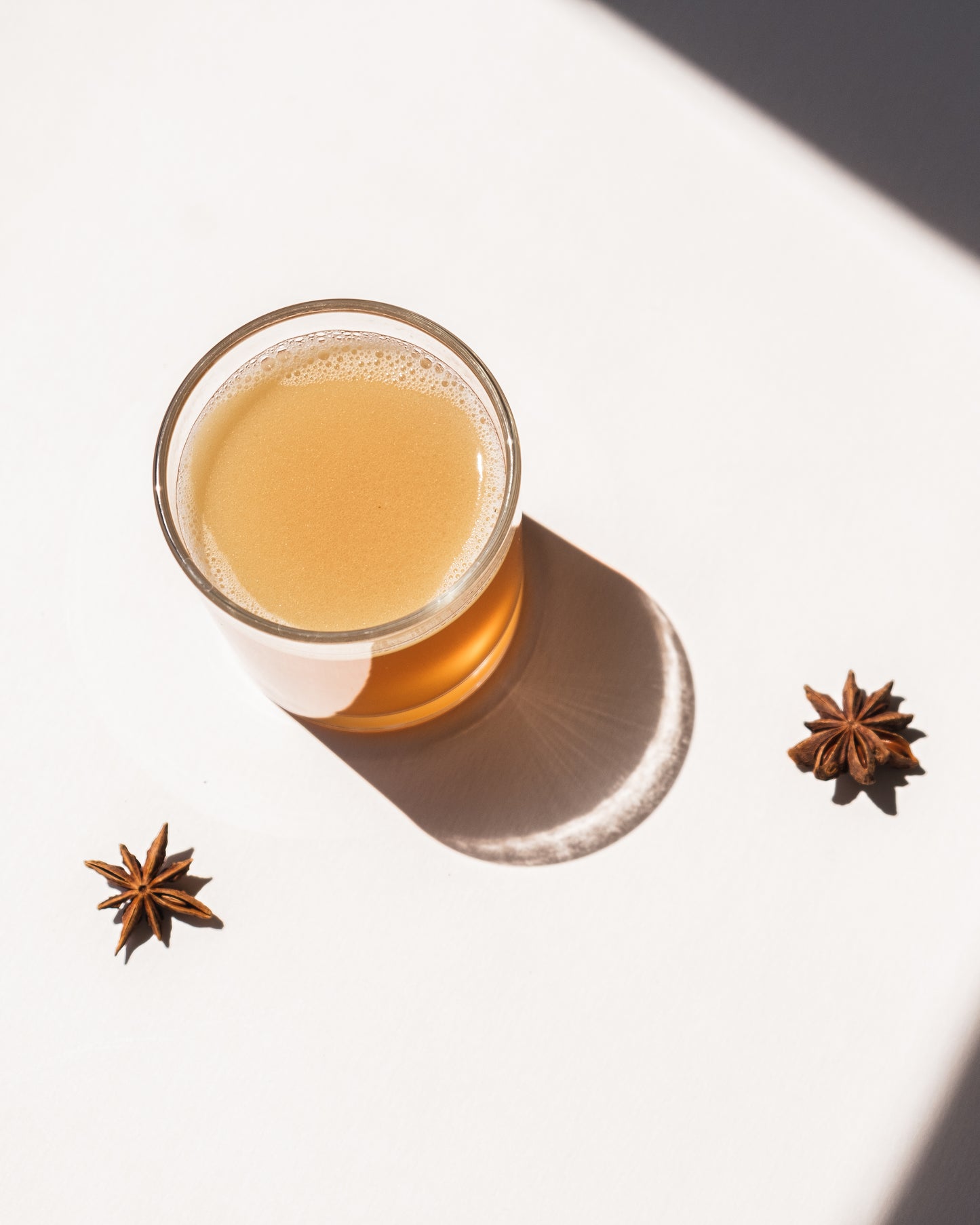Aging plays a vital role in shaping a rum's flavors and identity. But behind every aged spirit lies a crucial, often underestimated influence: climate.
Whether a rum is aged in the hot, humid tropics or the cooler, temperate climate of Quebec, the climate influences its interaction with the barrel. Temperature and humidity influence evaporation rates, wood extraction, and the chemical transformations that occur during maturation. Together, these environmental factors produce radically different results in aroma, flavor, strength, and complexity.
The intense heat of tropical aging accelerates the development of flavors. On the other hand, temperate aging offers a slower maturation process that preserves the spirit's subtleties and allows for extended aging without excessive evaporation or overconcentration. This also avoids the risk of over-extraction of oak, which is all too common in the tropics, even in relatively neutral barrels, for very old rums.
In the tropics, consistently high temperatures accelerate aging. The heat accentuates the interaction between oak and alcohol, bringing out the color, wood-derived compounds, and the building blocks of the complex flavor reactions that occur over time in the liquid—all at a much faster rate than in cooler climates.
The angel's share (the proportion of liquid lost to evaporation) is also significantly higher in tropical climates: in the warmest rum-producing regions, it is typically five to six times higher than in cool temperate zones. This results in rums with notes of ripe fruit, baking spices, caramel, and vanilla (from more recent barrels). Micro-oxidative reactions also play a vital role, catalyzing countless chemical transformations within the liquid that shape the rum's final character. During tropical aging, these reactions are faster and more frequent, adding exotic complexity.
Tempered maturation, as done at Distillerie Mitis, refers to rum aged in cooler regions of the world, far from traditional rum distillation centers.
Unlike the intense heat of the tropics, these temperate climates promote a slower, more controlled aging process that preserves the spirit's subtleties and complexity. Under these conditions, the temperature and humidity are lower, reducing the interaction between the rum and the oak. Evaporation, or the angel's share, occurs much more gradually, and the water and ethanol tend to evaporate at a more balanced rate. Over time, this leads to a decrease in volume and alcohol content, resulting in a smoother, more refined spirit with a softer, more controlled oak influence.
The result is rums that are generally smoother, more delicate, and rich in nuances, perfect for drinking neat. This allows for greater control over the maturation environment, resulting in specific aromas and greater consistency between batches.
While climate and cask type play a key role, rum maturation is also the result of a complex set of chemical and physical processes. These processes occur gradually over time, inside the cask, under the influence of pressure, temperature, and small amounts of oxygen.
One of the key mechanisms in the natural barrel maturation process is called “additive activity.” As the rum ages in a barrel, it begins to extract wood compounds, including lignin, tannins, cellulose, and hemicellulose, as well as any spirits from the barrel’s previous contents. These natural wood extractives, either directly or through interaction, impart color, body, and flavor, including the development of caramel, vanilla, spice, and other woody notes associated with aged rums.
The dynamics of the barrel's internal pressure play an invisible but powerful role in stimulating additive activity. With seasonal temperature fluctuations, the pressure within the barrel causes the contents to expand and contract, pushing and pulling the alcohol toward the wooden staves. This "breathing" movement increases the interaction between the alcohol and the oak, promoting extraction and oxidation.
Another crucial process is esterification: the gradual formation of aromatic compounds called esters through chemical interaction within the liquid itself. These compounds form when alcohols react with acids, primarily during fermentation, but also, to a lesser extent, during distillation and maturation. Esters, along with other desirable congeners, play a vital role in defining a rum's aroma and taste. Over time, esters—often those formed during fermentation—can react and evolve, forming new chains or structures, each with entirely new aromatic properties, contributing to the intricate complexity of a well-aged rum.
Micro-oxidation also plays a vital role. When the spirit interacts with small amounts of air in the barrel, the oxygen very slowly and subtly alters the chemical composition of the rum. This gentle exposure promotes further esterification and helps soften the alcoholic strength and tannic astringency, resulting in a smoother, rounder finish.
Together, these processes constitute the invisible engine of rum aging, driven by chemistry, barrel selection and climate.
